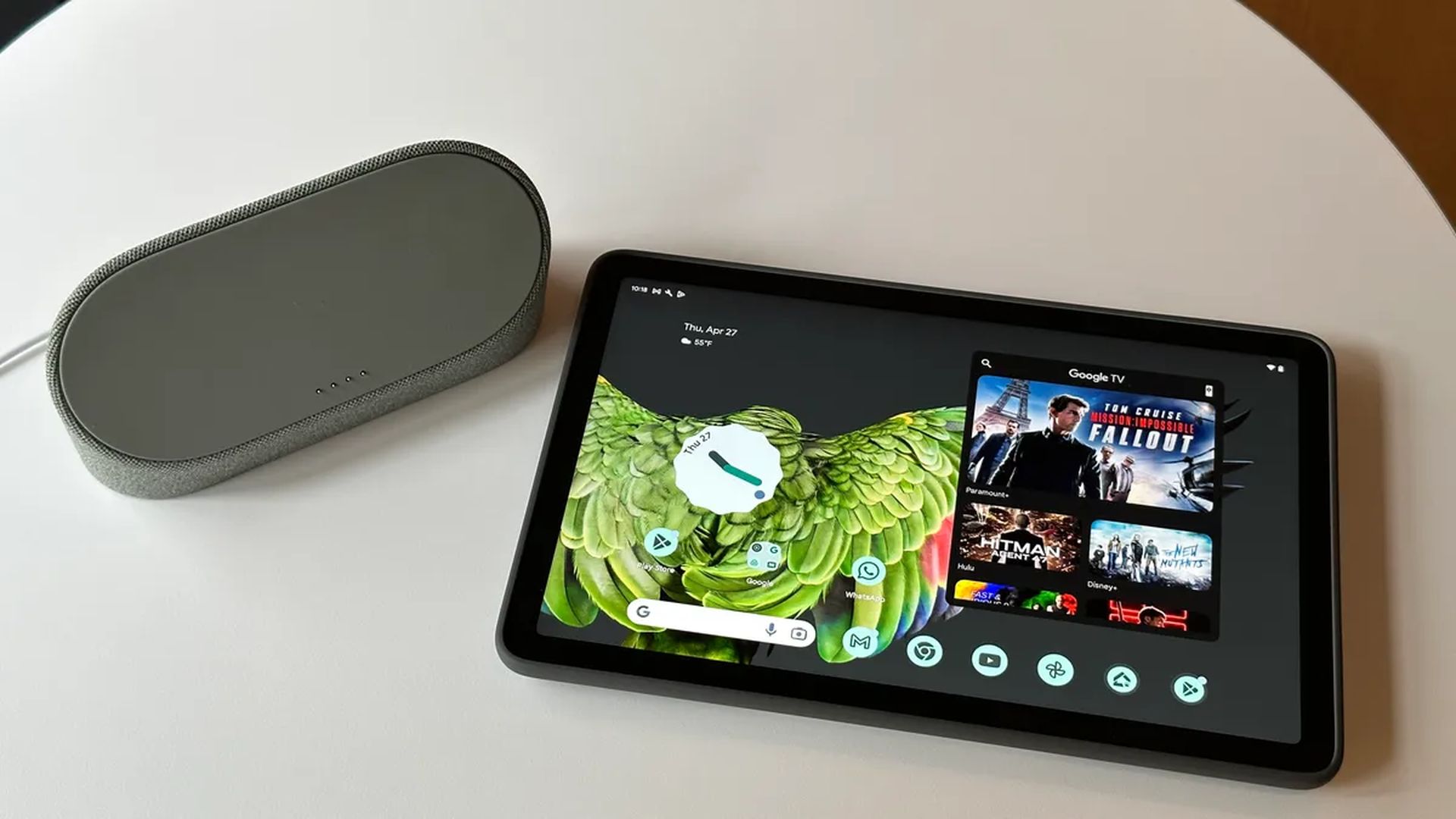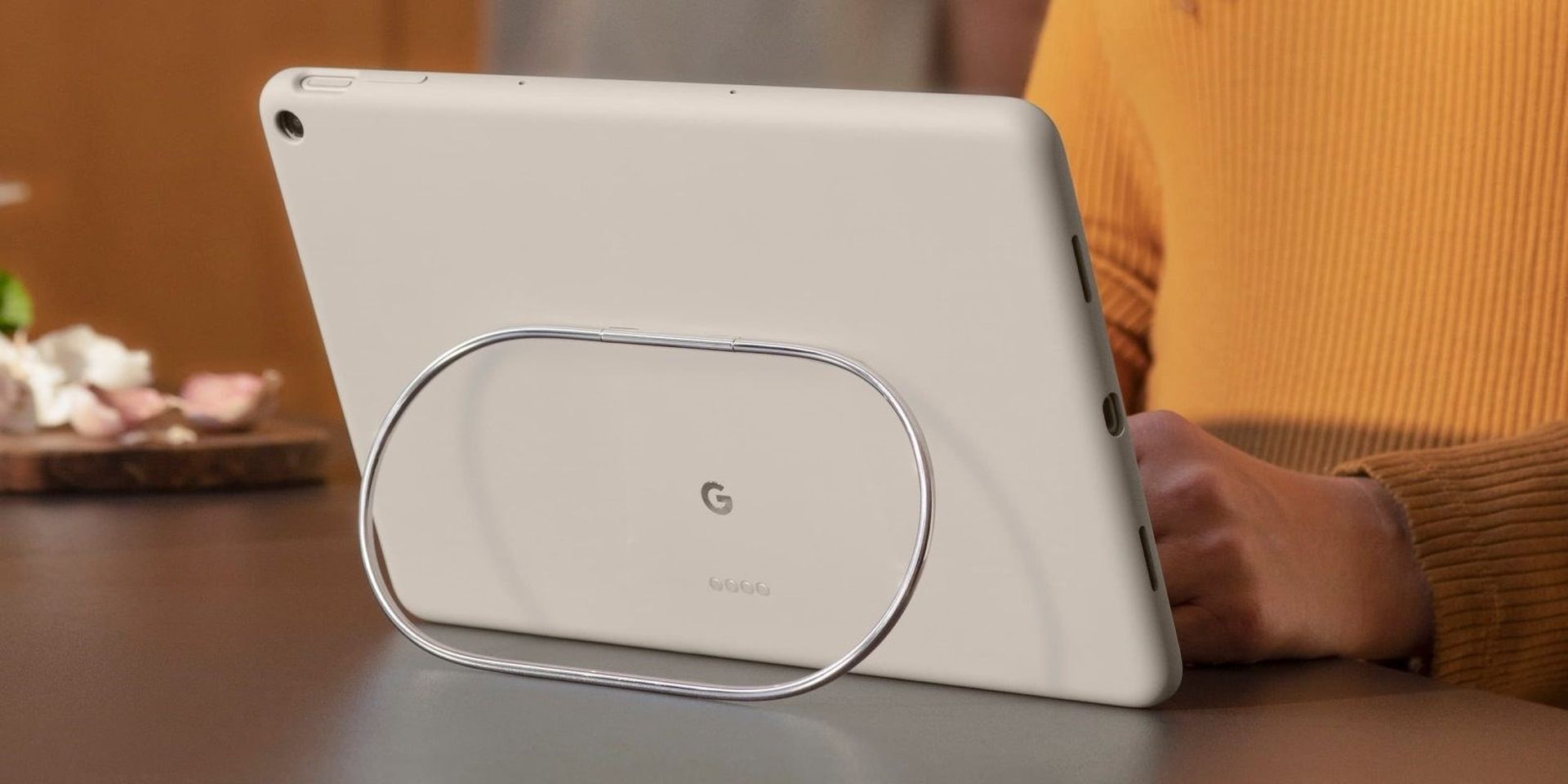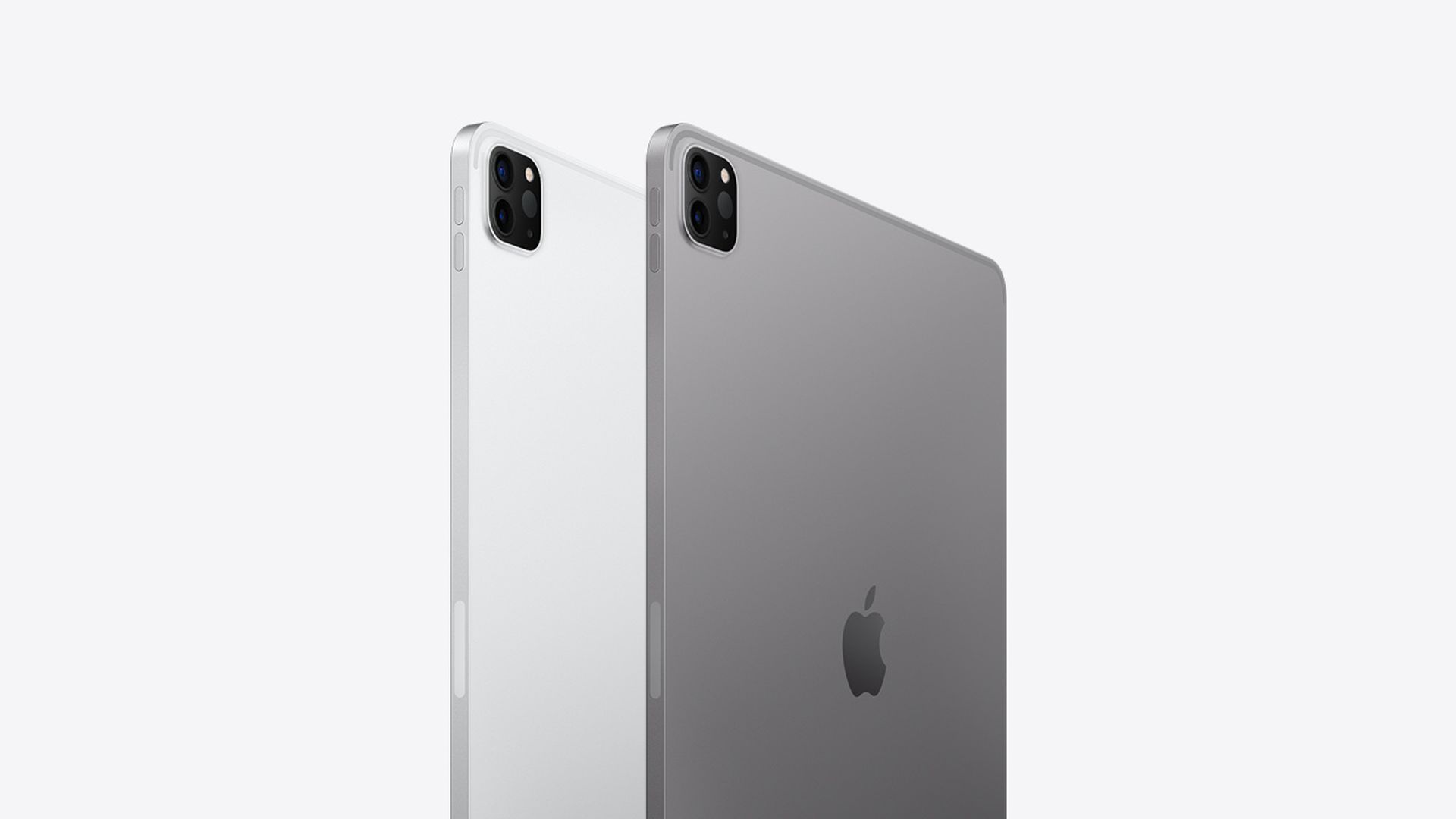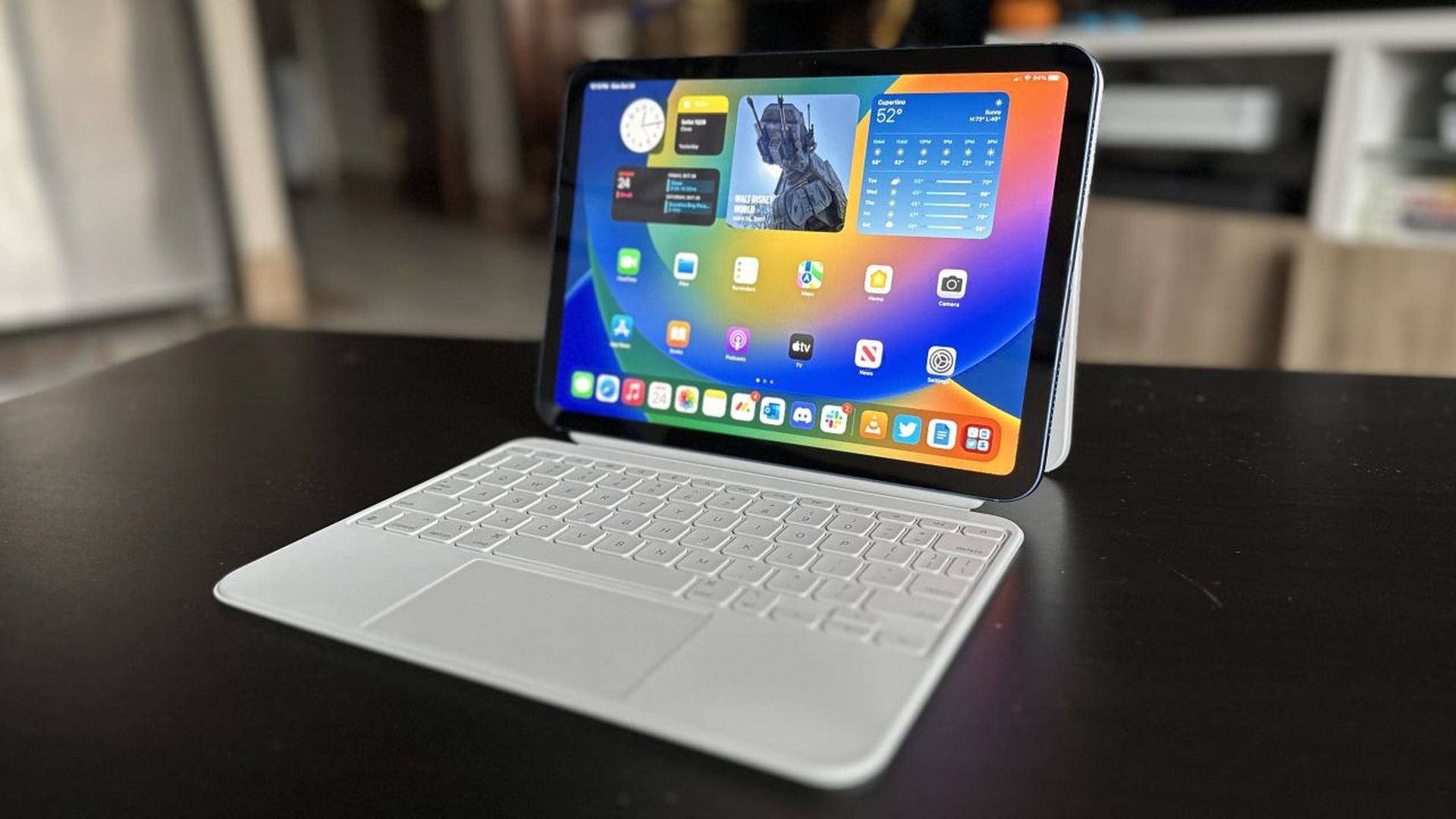Do you want to know the difference between Google Pixel Tablet vs iPad? Here are all the details and more.
This week at I/O, Google officially unveiled the Pixel Tablet, its return to the tablet industry, and it intends to directly compete with the Apple iPad.
The same lifestyle customers who seek a better–than–budget experience without spending top money are the target market for both tablets, which are similarly priced and sized. To truly compare the two, we’ll be putting the Pixel Tablet through its paces in the lab, but for the time being, we can look at their official specifications and features. Let’s compare them to one another.
- Pricing
- Size
- Processor
- Screen
- Connectivity
- Cameras
- Battery
If you want to know more details about Google’s Pixel Tablet check the link.
Now, let’s have a closer look at them!
Google Pixel Tablet vs iPad: Pricing
Pricing is always the easiest factor to compare directly, and this is where Google may run into serious difficulties. Starting at $449, the iPad (10th Gen) costs $50 less than the Pixel Tablet. To be fair, the Pixel Tablet costs $499 and has double the capacity of the iPad (128GB vs. 64GB), but their $599 variants bring them both up to 256GB.

The accompanying Charging Speaker dock, which Google values at $129, is the Pixel Tablet’s saving grace in this situation. In any case, considering how long the Android tablet market has lagged behind Apple, $499 is a very high price to ask of one.
Google Pixel Tablet vs iPad: Size
The size and weight of the tablets from Apple and Google are nearly identical. The Pixel Tablet is just slightly thinner than the iPad—0.3 inches vs 0.28 inches—a disparity that might be the result of a rounding error on Google’s side. The iPad measures 9.8 by 7.1 inches as opposed to 10.2 by 6.7 inches, making it somewhat broader and shorter, although again, the differences are insignificant. The 17.4-ounce Pixel Tablet weighs around the same as the weights of the Wi-Fi and 5G iPad variants, making them almost comparable in terms of weight.
Google Pixel Tablet vs iPad: Processor
The A14 Bionic in the iPad and the Tensor G2 in the Pixel Tablet are each used by Apple and Google to power their tablets, although the Pixel Tablet has twice as much RAM (8GB vs. 4GB), hence it is more powerful. Although we have previously seen the A14 Bionic in action on the iPad and iPhone 12, as well as the Tensor G2 in the most current Pixel phones, we will need to test the Pixel Tablet to compare its performance to that of the iPad in a fair manner.

Though the iPhone 14 Pro employs the A16 Bionic, it should be noted that Apple has upgraded its phone processors from the A14 Bionic. It appears that Apple has a significant advantage over Google when comparing the Tensor G2-powered Pixel 7 with the iPad.
In Geekbench 5, the iPad performs much better than the Tensor G2-powered Pixel (1,573 single core, 4,097 multi-core), and 3DMark’s GFXBench Aztec Ruins test demonstrates that the A14 Bionic can push more 3D graphics (36 frames per second to the Pixel 7’s 25fps).
The entry-level iPad is a relative powerhouse, so the Pixel Tablet will likely do worse in benchmarks unless Google can get the Tensor G2 to perform some new tricks. This does not imply that Google’s tablet will do daily tasks more slowly than the iPad. The Pixel 7 seemed speedy and responsive when used, and the Pixel Tablet’s double the RAM of the iPad may help it perform better while running many apps at once.
Google Pixel Tablet vs iPad: Screen
The tablets have LCDs that range in size from 10.95 (Pixel Tablet) to 10.9 (iPad). Although they both have identical resolutions and are certified for 500 nits of brightness, the 2,560-by-1,600 Pixel Tablet has an advantage with 276 pixels per inch compared to the 2,360-by-1,640 iPad’s 264ppi. The Pixel Tablet’s aspect ratio of 16:10 compared to the iPad’s aspect ratio of 4:3 is maybe the most noticeable distinction.

This indicates that the iPad is taller, which is better for work, while the Pixel is broader when used in landscape configuration, better for media.
Google Pixel Tablet vs iPad: Connectivity
The Pixel Tablet and the iPad are practically equivalent with Wi–Fi 6 with 2×2 MIMO and Bluetooth 5.2 if all you want to do is utilize your tablet over WiFi. The more recent Wi-Fi 6E and Bluetooth 5.3 protocols would have been good to have in Google’s new tablet, but most users won’t miss them and most likely don’t have any devices that support them.
However, if you want to access the internet from any place, you’ll need an iPad. Only Apple sells tablets with a 5G connection, which costs $150 more than those with Wi-Fi. The Pixel Tablet only supports WiFi.
Google Pixel Tablet vs iPad: Cameras
When compared to cameras on phones, tablet cameras are usually an afterthought, and the Pixel Tablet and iPad’s photo and video capabilities are inferior to those of the Pixel 7 and iPhone 14. The Pixel Tablet sports a basic 8MP f/2.0 rear camera and a front-facing camera with the same resolution.

With a 12MP f/1.8 back camera and a 12MP f/2.4 ultra-wide front camera, the iPad is a little more ambitious. Both will fall short of a recent midrange or high-end phone, but if you want to film anything on a tablet or have numerous people in a video conversation, the iPad is superior.
Google Pixel Tablet vs iPad: Battery
We like to do our battery tests rather than rely only on manufacturers’ claimed specifications, so we’ll have to wait and see how long the Pixel Tablet lasts while Wi-Fi video streaming is enabled and the screen brightness is at its highest setting.
But according to Google, the Pixel Tablet has an advantage over the iPad with up to 12 hours of video streaming time as opposed to the iPad’s claimed 10. However, the iPad only lasted six hours throughout our testing, well short of that figure. In the lab, we’ll evaluate how the Pixel Tablet performs.
Google Pixel Tablet vs iPad: Which one is better?
You’ll have to wait for our comprehensive evaluation of the Pixel Tablet to conclude, in which we’ll put it through a variety of tests to produce reliable comparative data. However, given what we know today, the iPad appears to be a tablet with somewhat better cameras and greater processing power, while the Pixel Tablet has a charging station with speakers and more storage. The two are comparable on practically all other metrics.

Whether you favor iPadOS or Android and what their respective ecosystems have to offer may determine which option is ideal for you, much like with smartphones. The iPad and Pixel Tablet appear to be almost equal at the moment. Additionally, our list of the best iPads covers the whole series of Apple tablets if you’re a die-hard Apple fan and need a little more power.
We have a comparison more, please click the link to read iPad 10th generation vs iPad Air 5.




